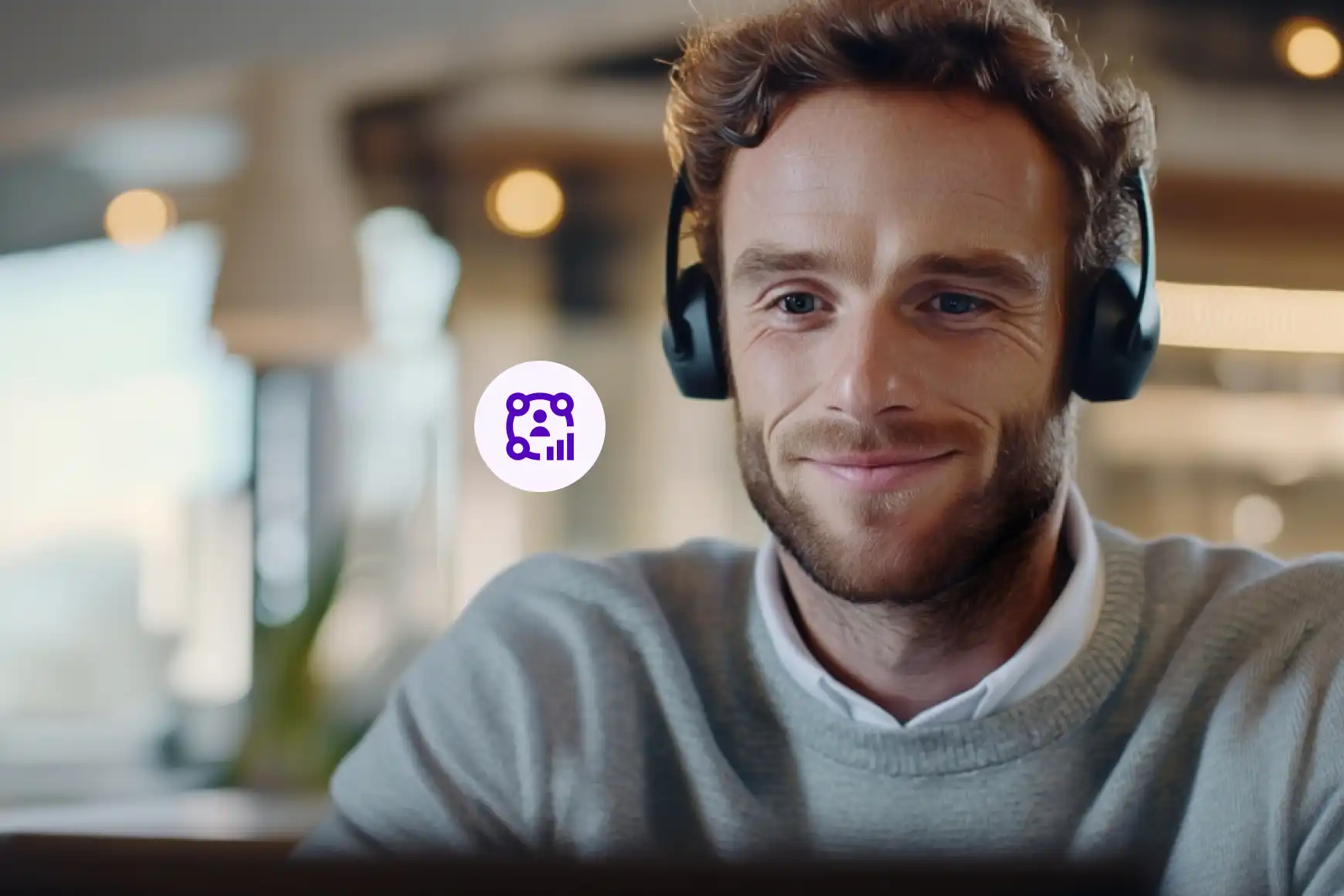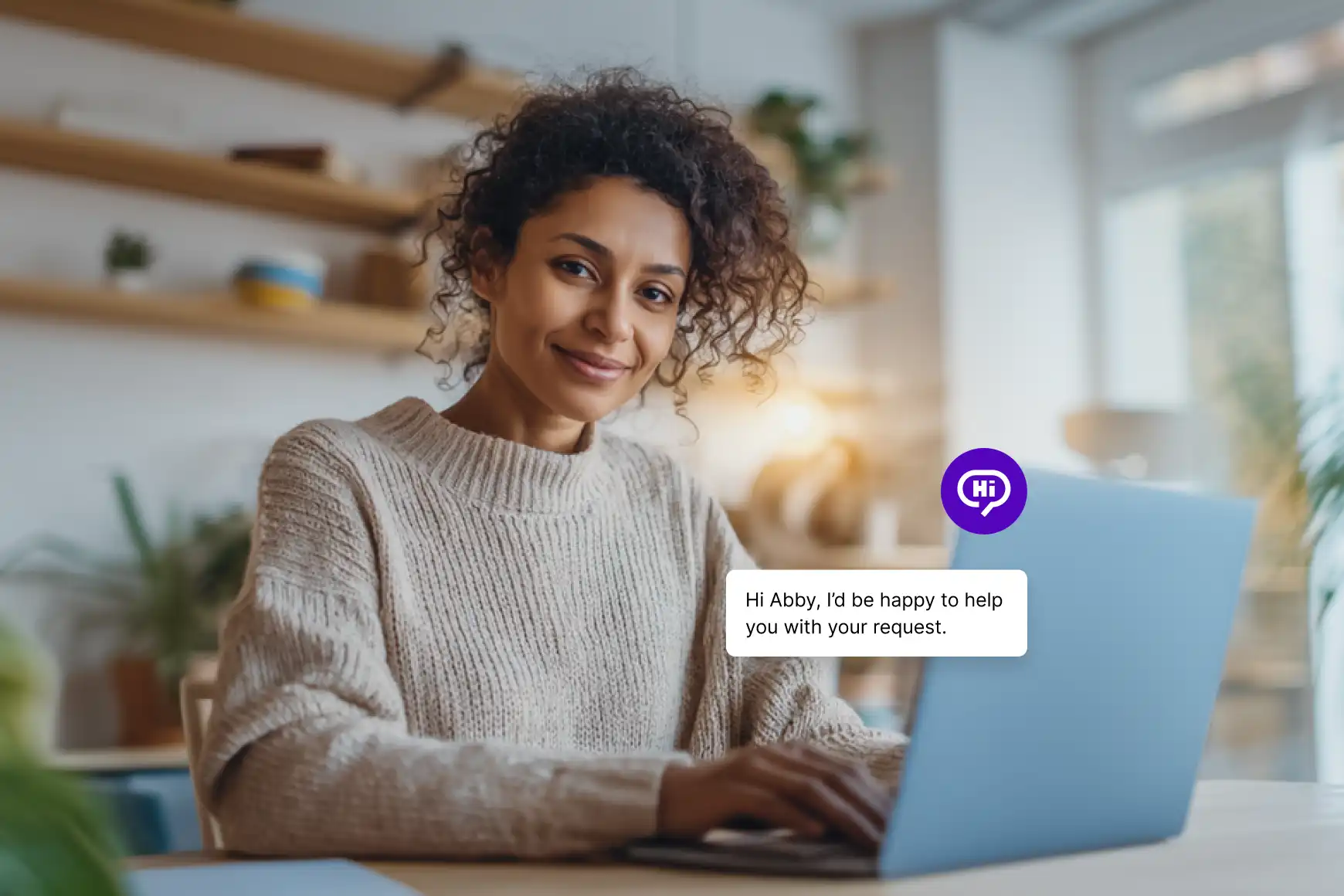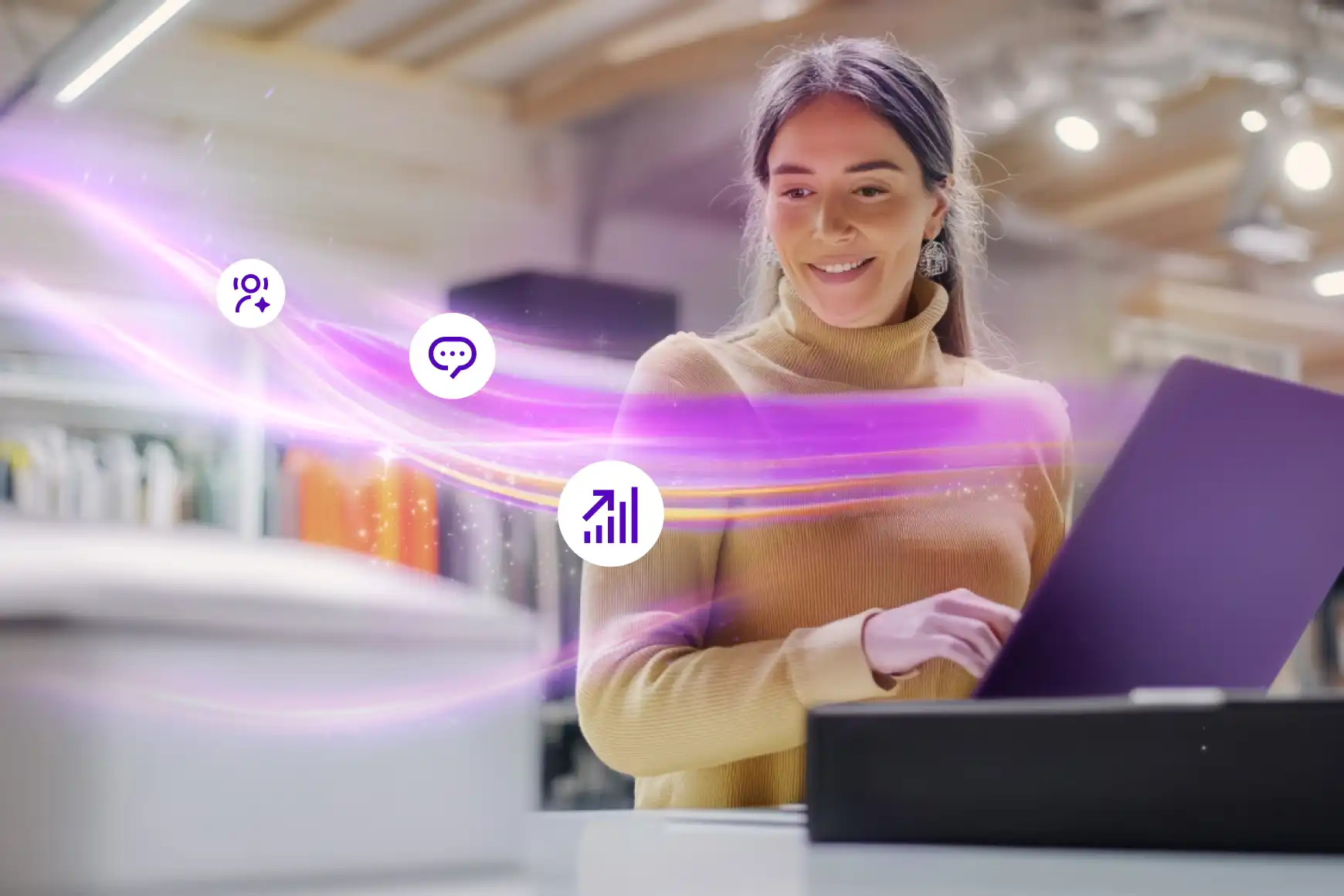Bridging the Gap: How to Choose the Right Channel for Customer Communication

By Gadi Shamia
0 min read
This piece was originally written by Gadi Shamia, COO of Talkdesk, for Opentalk magazine.
Not too long ago, when a customer needed to contact customer service, they had only one option: to call. They called when they needed to book a ticket, they called when they needed a refund, they called to offer feedback, and they called when the product they purchased stopped working.
Today, customer service leaders (and customers) have a variety of possible customer communication channels: voice, video, email, chat and SMS to name a few. So should you offer all channels, and let the customer decide which they prefer? Only offer one or two? Only offer the lowest cost option?
Great companies really care about creating a curated experience for their customers. Think of checking into a luxury hotel: most hotels believe that you should interact with a human when you check in, and this is how they design the experience. It would be just as easy for a hotel to create an online check-in system and have people march straight to their rooms, but hotels know that this specific moment — this 2–3 minutes of human interaction — is the difference between a great stay and an average one. The same rule applies to customer service: you should try to funnel the customer to the channel that is most likely to yield the best results and maximize customer satisfaction. In order to help businesses achieve their best results, I would like to offer a framework for understanding the strengths and weaknesses of every communication channel.
Every customer interaction can be viewed on these two axes: urgency and emotion. Some situations can be low-urgency and non-emotional. For example, a typo on a product screen can be slightly annoying, but for most customers, it is neither an urgent nor a highly emotional issue. On the other hand, a lost credit card with several unauthorized transactions can be both urgent and stressful. So which channel does best in each situation?
If you ever emailed a customer service center, you are used to a slow response cycle. For example, the average initial response time Zendesk reports is between 18 and 26 hours, depending upon the company type. With a daylong response cycle, and a typical 3–4 touches to resolve, email can’t be your optimal channel when your customer could potentially be faced with an urgent matter. At the same time, email is not your best tool if the customer is stressed or upset. Depending upon how a customer fills in a written form, agents can miss how stressed or annoyed a customer truly is; and if hours pass between the customer’s initial contact and the agent’s response, the situation can become much worse as the customer festers in anger.
A few weeks back, Frank called to cancel an expensive subscription to a service he no longer could afford. When he noticed he was still charged, he emailed customer service and ask for a refund. The customer service rep, not knowing about Frank’s phone cancellation, cited policy, and claimed that the service couldn’t be cancelled past a renewal day. Frank replied politely that he had called and cancelled the service. In the day between his reply and the agent reply, Frank discussed this issue with few other friends that use the same service and warned them about his experience.
Further, he was shocked to discover that the rep didn’t find any record of his call and stated that, per policy, Frank could not get a refund. By this stage, Frank was furious. He emailed back with full details and even a copy from his cell phone bill, showing the call he made. As the hours passed before the issue was resolved, Frank published his version of the story on Facebook, Twitter and even LinkedIn. While eventually the call record was found, the time it took to resolve the issue and the lengthy back and forth turned an advocate to a detractor.
This case is a great example of the limitation of email: With lengthy gaps between interactions, every misunderstanding can balloon to a disaster. When can email be a great channel? When customers use it to report non-critical bugs, or when they ask for service modifications or any other issue that is neither urgent nor emotional.
SMS
SMS goes back to the pre-internet age, but only now is it becoming front-and-center in customer service. Companies and customers love the speed and efficiency of text messages. But in the same way you are not going to break up with a significant other over text, you don’t want to deal with complex customer situations using this channel. The terse style of an SMS message is extremely efficient in conveying information, but it can be a horrible channel for complex, emotional matters.
One of the best new services in the collaborative economy is valet parking on demand. The idea is simple: you use an app to tell the valet company where you are heading, and you meet your valet when you arrive. She picks up your car and returns it to you with a twenty-minute notice at the end of the day. Brilliant. A few months back, Aaron booked one of these valet services and drove to a customer meeting. He arrived a few minutes before the meeting, expecting to find the valet waiting. Instead, Aaron got a text message telling him that “due to high demand,” the company had cancelled his reservation. Aaron was, of course, at the top right of the quadrant: emotional and focused on resolving the issue as soon as possible. He texted back: “Hey—I am late for a meeting and really need someone to pick up my car now.” A minute later he got a response: “Due to high demand, we cannot honor your reservation. We have grown fast and are trying to hire as fast as we can. Have a great day!”
This was the time Aaron lost it . . . Not only did they ignore his confirmed reservation and cause his well-planned day to start in the wrong way; they even had the chutzpah to wish him a great day? No apology? Refund? Plan B? Aaron tried to call the number on the text but only reached a recording. This is when Aaron deleted the app from his phone.
This case is a great example of the limitations of the SMS channel. Use it for noncontroversial information, but not during a potentially loaded situation. Here is a good example of when SMS works: You are a food delivery company. Your customer ordered whole wheat bagel, but the restaurant is out. Rather than calling the customer, it would be appropriate to send an SMS with this message and a suggestion for a replacement. The customer can reply, and the order can be delivered on time. The result is fast, efficient, and effortless communication between both you and your customer.
Phone
Phone has been the predominant channel for customer service for the last fifty years. In the first years of the internet revolution, experts believed that the phone was going to be replaced with the new channels — email and chat. Despite its age, voice is still the best channel to resolve both urgent and emotional matters, and create positive customer experiences.
Lesley reached into her wallet to pay for her drink and found that her credit card was missing. She was convinced she left it at work, where she had used it to buy a gift online; so she walked back home, knowing she could pick it up tomorrow. When she arrived home close to midnight, she checked her account online and discovered that in the last three hours alone, her card had been used for a $6,000 shopping spree in the mall near her office. She immediately found the stolen card option on the site, entered her phone number, and received an immediate callback. The rep was quick to acknowledge the issue, and reassured Lesley that all the unauthorized transactions would be credited back to her account. Lesley also mentioned that she was leaving the country in 48 hours, so the agent promised an overnight shipment of a new card. Later that month, when her company was looking for a new corporate credit card, Lesley had only one recommendation.
This case shows the power of voice: 90% of great customer service is the speed of a transaction, and a callback option can help with that. With a voice call, there are no time gaps between a message and a response, and our human ability to connect and empathize can de-escalate situations quickly and turn a problem to an opportunity. I advise every business to find the critical points in their service where customers are most likely to be emotional, and make sure that the main call to action is a phone call.
Video
So how does video play a role? We view video as an extension of a voice call that can increase empathy and speed up resolution time. Imagine you ordered six flower arrangements for an event you organized. A few hours before the event, the shipment arrived and you discovered that the flowers were wilted. You called the company, and the agent—who was used to customers exaggerating their floral problems—asked you to turn on video directly from the company app to show him the arrangements. Thirty seconds later, you are both on the same page, and the agent rushes to send you a replacement. By “bringing the agent to you,” you can increase his empathy and help him see things from your viewpoint, so he can provide a faster resolution.
In conclusion, I recommend a new way to think about omnichannel customer service: highlight the best channel to your use case, customers, or even the flow. If you are a food delivery company, you can highlight phone as the main option of the delivery receipt screen. After all, you don’t expect a customer that got the wrong order to email and wait until the food gets cold. At the same time, you can use SMS as your main service option in the order tracking page (so customers can leave specific directions for delivery) and maybe email on your billing page. Rather than letting the customer pick a means of communication, you lead them to the option that will work best for the situation. Doing so will maximize customer satisfaction.
I also recommend creating escalation paths between channels, so what happened to Frank or Aaron could have been resolved before it went out of control. Train your agents to add a callback number to an email if they sense the beginning of misunderstanding, and make sure you allow customers to call the text message number.
Luckily, omnichannel solutions like Talkdesk offer real-time channels like voice or SMS out of the box. With integration to customer service tools like Salesforce Service Cloud or Zendesk, you can build an omnichannel service center in days or weeks, leveraging the best-in-class cloud-based technologies.






